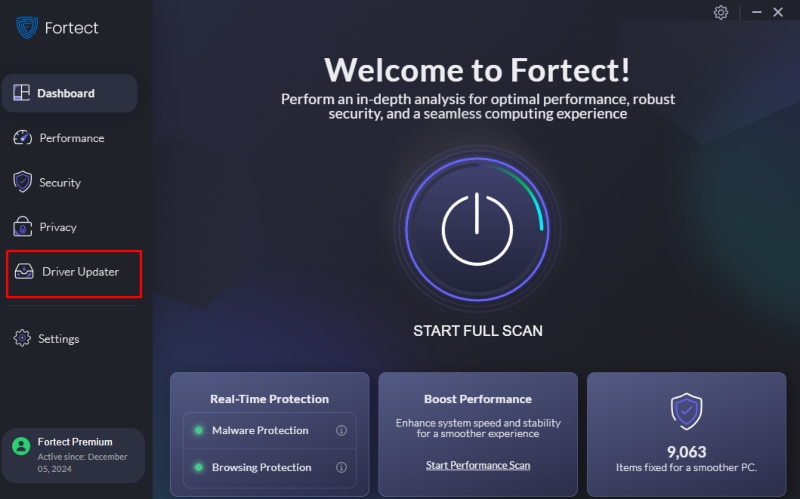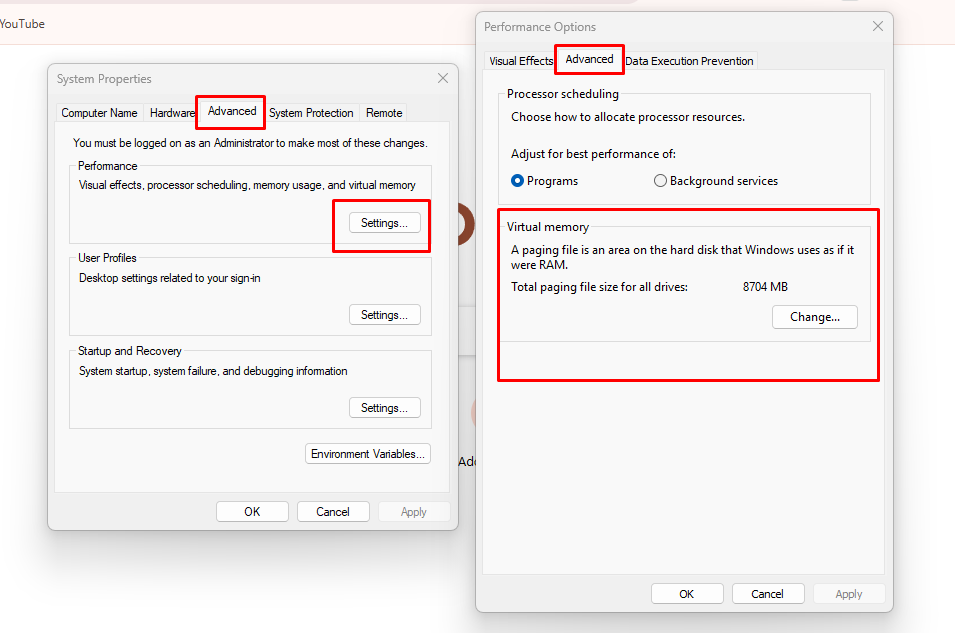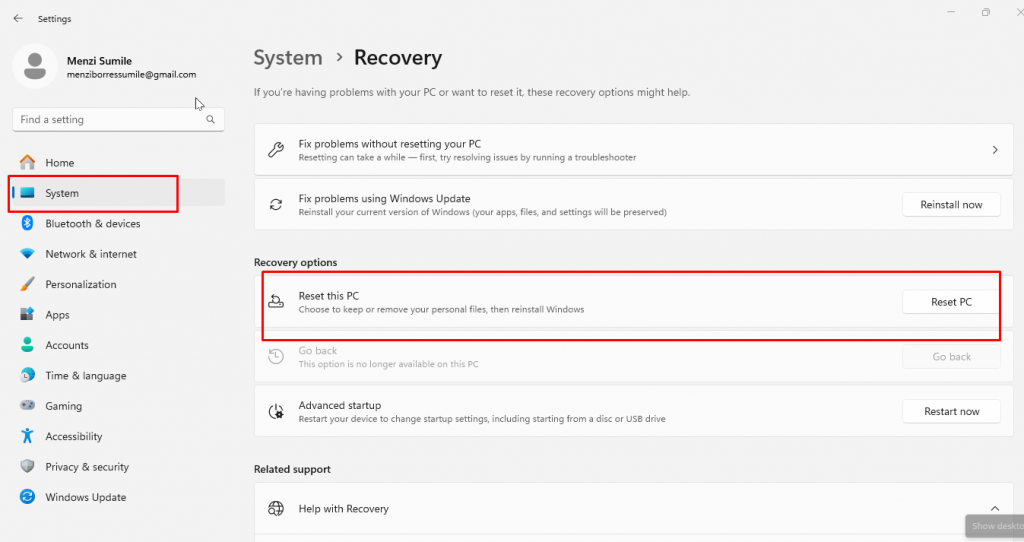How to Fix Windows Keeps Freezing Randomly
Windows freezing randomly can be frustrating, disrupting your work and causing potential data loss. This issue can stem from hardware problems, outdated drivers, software conflicts, or system corruption. Fortunately, there are several solutions to resolve this problem and restore your system’s stability.
Why Does Windows Keep Freezing?
Understanding the potential causes of random computer freezing can help you apply the proper fix. Here are some common reasons why Windows freezes randomly:
- Insufficient System Resources: If your PC runs low on RAM or CPU power, it may struggle to handle multiple tasks, leading to freezing issues.
- Corrupt or Outdated Drivers: Drivers control hardware and OS communication. Outdated or corrupt drivers can cause instability and freezing.
- Overheating Issues: High temperatures can throttle your CPU or GPU, leading to system slowdowns or freezes.
- Software Conflicts or Malware: Incompatible applications, background processes, or malware infections can interfere with Windows functions, causing the system to freeze.
- Corrupt System Files: Essential Windows system files may become corrupted, resulting in random freezes.
How to Fix Windows Random Freezing Issue
Follow these troubleshooting steps to resolve Windows freezing problems effectively.
1. Check for Overheating
Overheating can cause system instability. Ensure your PC has adequate cooling.
Steps:
- Use software like HWMonitor or Core Temp to check your CPU and GPU temperatures.
- Clean dust from cooling fans and vents.
- Ensure proper airflow in your setup.
- Apply new thermal paste if necessary.
2. Update or Reinstall Drivers
Faulty drivers can cause freezing. Keeping them updated is crucial.
Steps:
- Press Win + X and select Device Manager.
- Expand Display adapters, Network adapters, and Sound, video, and game controllers.
- Right-click each device and select Update driver.
- Choose Search automatically for updated driver software.
- Restart your PC after updating all essential drivers.
If you’re experiencing persistent freezes due to corrupt or outdated drivers, Fortect can help. It automatically scans your PC for problematic drivers and updates them to ensure system stability. Fortect also detects and fixes system corruption, reducing freezing issues.

Download and install Fortect today.
3. Run a System File Check (SFC) and DISM Scan
Windows freezes can result from corrupt system files. Running SFC and DISM scans can repair them.
Steps:
- Open Command Prompt as Administrator.
- Type the following command and press Enter:
- sfc /scannow
- Wait for the process to complete and restart your PC.
- If the issue persists, run the following:
- DISM /Online /Cleanup-Image /RestoreHealth
- Restart your system and check if the problem is resolved.
4. Scan for Malware and Unwanted Software
Malware infections can cause system instability.
Steps:
- Run Windows Defender or a third-party antivirus.
- Perform a full system scan and remove any detected threats.
- Restart your PC and check if freezing issues persist.
This is also a good reason to invest in Fortect if your built-in anti-virus is not enough due to the sophisticated cyberthreats these days. Fortect has real-time malware protection with automatic scanning and fixing.
5. Check for Windows Updates

Keeping Windows up to date can fix bugs and improve stability.
Steps:
- Go to Settings > Windows Update.
- Click Check for updates.
- Install any available updates and restart your PC.
6. Perform a Clean Boot
A clean boot helps identify software conflicts.
Steps:
- Press Win + R, type msconfig, and hit Enter.
- Go to the Services tab and check Hide all Microsoft services.
- Click Disable All, then click the Startup tab and open Task Manager.
- Turn off all startup items and restart your PC.
- If Windows no longer freezes, re-enable startup programs individually to identify the culprit.
7. Increase Virtual Memory
If your RAM is insufficient, increasing virtual memory can help.
Steps:

- Press Win + R, type sysdm.cpl, and hit Enter.
- Go to the Advanced tab and click Settings under Performance.
- Navigate to Advanced > Virtual memory and click Change.
- Select your system drive, check Custom size, and set the Initial and Maximum sizes based on your RAM.
- Click OK, restart your PC, and check if the freezing issue is resolved.
8. Check Your Hard Drive for Errors
A failing hard drive can cause random freezes.
Steps:
- Open Command Prompt as Administrator.
- Type the following command and press Enter:
- chkdsk /f /r
- Type Y when prompted and restart your PC.
- Windows will check and repair any disk errors.
9. Perform a System Restore
If the issue started after recent changes, restoring your system to an earlier state might help.
Steps:
- Press Win + R, type rstrui, and hit Enter.
- Select Choose a different restore point and click Next.
- Pick a restore point before the freezing issue starts.
- Follow the prompts to restore your system.
10. Reset or Reinstall Windows
If none of the above solutions work, consider resetting or reinstalling Windows.

Steps:
- Go to Settings or System > Recovery.
- Click Reset this PC and select Keep my files.
- Follow the on-screen instructions to reinstall Windows.
Conclusion
Random Windows freezes can be frustrating, but following these troubleshooting steps can help you identify and fix the problem. Whether it’s outdated drivers, overheating, or system corruption, taking the right approach can restore your PC’s stability. If issues persist, consider using Fortect to scan and repair system files and drivers, ensuring smooth performance.




